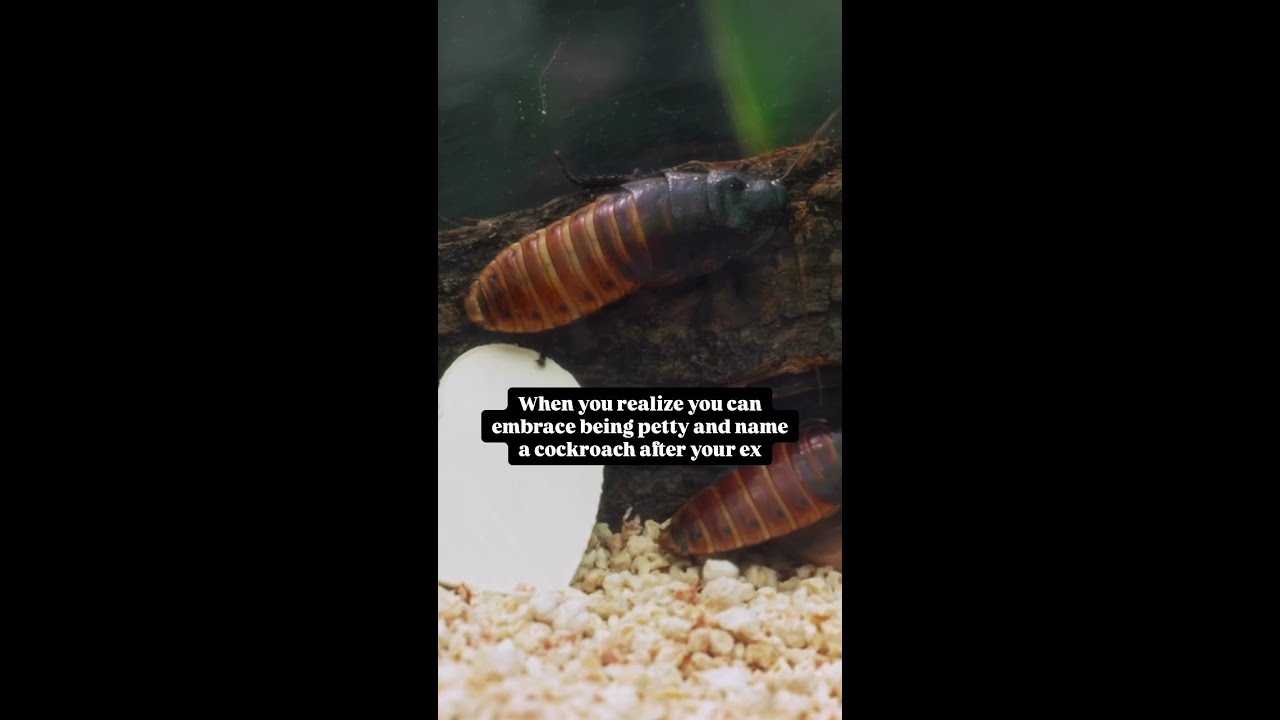- Exploration of how problematic wildlife behavior impacts ecosystems and strategies for management.
- Insights into effective zoo management for dealing with challenging animal interactions.
- Conservation practices and their role in moderating conflicts between humans and wildlife.
- The significance of understanding animal behavior to inform conservation strategies.
- Case studies of successful interventions in wildlife management and their broader ecological benefits.
Problematic wildlife behavior often poses significant challenges to ecosystems and human communities. Various factors may prompt wildlife to become a source of concern, from natural territorial instincts to altered ecosystems due to human activity. Addressing such behavior is crucial for maintaining ecological balance and requires a holistic approach that encompasses understanding animal psychologies, ecological parameters, and management strategies.
In particular, behaviors that interfere with human activities often bring certain species into conflict with human development. This can manifest in many ways, such as predators encroaching on livestock, pests invading urban areas, or aggressive behaviors from animals during breeding seasons. The overarching goal in managing these "buggin’" scenarios is to find solutions that protect human interests while preserving natural habitats.
Effective zoo management plays a critical role in mitigating wildlife issues and provides practical examples of managing challenging behaviors. Zoos serve as a microcosm of larger ecosystems, where the complexities of wildlife conservation can be observed and understood. Here, zoo managers must ensure animal enrichment, balanced diets, and suitable habitats, which can alleviate some behaviors that might otherwise lead to issues in the wild. Understanding these dynamics within a controlled environment helps to inform strategies in larger, more complex natural settings.
For instance, certain species in captivity display behaviors such as excessive pacing or feather-plucking, which can be symptomatic of stress or inadequate environmental stimuli. By addressing these conditions through environmental enrichment and social opportunities, zoo managers can reduce such behaviors, offering insights into how similar issues might be addressed in wild populations. These lessons inform conservationists when crafting strategies that promote coexistence between humans and wildlife in areas where natural habitats intersect with human domains.
Wildlife conservation practices play a central role in addressing and mediating conflicts between humans and wildlife. Conservationists utilize a variety of strategies to mitigate such conflicts, including habitat restoration, wildlife corridors, or relocation efforts. Additionally, conservation technologies, such as GPS tracking and remote sensing, have become integral in monitoring animal movements and understanding behavior patterns. These tools help pinpoint problem areas and formulate effective management practices to curb negative encounters between humans and wildlife.
Another vital aspect is educating communities that live in proximity to wildlife. Initiatives focused on informing the public about wildlife behaviors, safety measures, and the importance of biodiversity can significantly reduce conflicts and promote coexistence. Engagement with local communities, through workshops and involvement in conservation initiatives, is crucial to fostering an environment where both humans and wildlife can thrive.
Understanding animal behavior is essential to inform and refine conservation strategies. It involves studying an animal’s social structures, territoriality, reproduction, and eating habits. These insights can guide interventions that reduce conflict potential by predicting when and where issues are likely to arise. Research into animal cognition and stress responses also provides a basis for designing environments and management techniques that minimize stress-induced behaviors.
From an ecological perspective, behavioral studies can indicate how species interact with one another and the broader ecosystem. Changes in one species’ behavior can have cascading effects throughout an entire ecosystem, influencing biodiversity and environmental health. For instance, the reintroduction or protection of apex predators in an ecosystem can alter prey dynamics and vegetation patterns, demonstrating the interconnected nature of these relationships.
Examples of successful interventions in wildlife management highlight significant advancements and lessons in the field. The use of deterrents, such as electric fences or wildlife detectors, has effectively reduced human-wildlife conflicts in many regions. In the case of species like elephants or big cats, strategies like reintroduction into protected reserves, combined with community-based conservation efforts, have shown promise in balancing human needs with ecological integrity.
Programs like Project Snow Leopard, which incorporates community engagement and economic incentives, illustrate the potential for harmonizing human and wildlife interests. By involving local people in monitoring and protecting leopards, the project addresses economic concerns while securing conservation goals. These case studies highlight the importance of strategic planning and community involvement in creating successful and sustainable wildlife management methods.
An essential takeaway from these examples is that flexibility and adaptability in management practices are critical. What works in one context or with one species may not be applicable universally. Thus, a nuanced understanding of behavioral, ecological, and social factors is paramount. These efforts collectively enrich our understanding of how to construct strategies that safeguard both wildlife and human interests amidst an increasingly shared landscape.
By drawing on scientific research, practical management experience, and community participation, we can develop innovative solutions to address and mitigate the challenges posed by wildlife behaviors that disrupt ecological harmony. This process is vital for ensuring biodiversity conservation and promoting a future where coexistence and mutual respect between humans and wildlife are the norm.
*****
Source Description
This Valentine’s Day, you can donate $15 to name one of our Madagascar hissing cockroaches after that special (or not-so-special someone) in your life!


